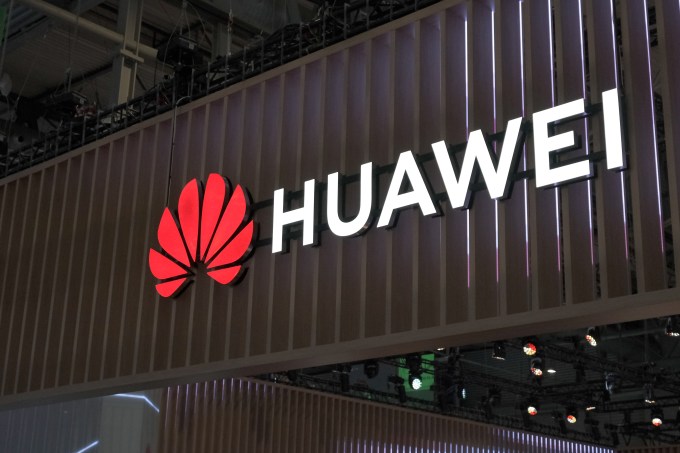As Amazon reportedly gears up to offer its own hi-fi music streaming service, Spotify has posted its Q1 figures. One significant milestone: the world’s currently biggest music streaming service reported that it now has 100 million paying users (up 32 percent on a year ago) and 217 million subscribers overall in 79 markets, picking up 2 million users in India since launching there in February.
In financial terms, however, the picture is more mixed. Its €1.511 billion ($1.68 billion) in sales just beat analysts’ estimates for revenues of $1.64 billion. But earnings per share seems to have taken a big hit. The company, which is still unprofitable, posted negative EPS of €0.79 (or negative $0.88), while analysts on average were expecting only negative EPS of $0.39.
Its net loss is now €142 million ($158.6 million), down from €169 million in the same quarter a year ago.
Spotify as investor also provided an update. It noted that the value of its investment in Tencent Music is now €2.3 billion, going up €652 million in the quarter, and it also confirmed that it paid a total of €358 million for three podcasting acquisitions in the period: €308 million for Gimlet Media and Anchor FM, and €50 million for Parcast. To downplay the size of that deal, or at least provide some more context, it noted that the combined purchase consideration “is roughly equivalent” to Spotify’s cumulative free cash flow over the last three quarters.
This, plus decent guidance for the quarter and year ahead, has made the market relatively happy: Spotify’s shares are up nearly five percent in pre-market trading.
Spotify noted that “most metrics” exceeded the company’s own expectations, although the 217 million monthly active user figure — while up 26 percent — was lower than midpoint of its 215-22- million expectation.
Premium (paid) revenues represent the bulk of Spotify’s revenues at the moment — €1,385 million versus just €126 million from advertising, and still growing at a higher rate than its advertising business (34 percent vs. 24 percent).
Because of that, partnerships, which help to bring in more paid subscriptions, continue to be a huge part of Spotify’s business model. This quarter, it noted that promotions with Google Home Mini and Samsung, and a reduced price of $9.99 for a bundle sold with Hulu, all contributed to its strong revenue performance (however that reduced price provides one clue to why margins are not great). Its group subscriptions — specifically the Family plan — also had a strong impact, it noted.
Guidance for the next quarter and year, meanwhile show continued growth for the company at a relatively similar rate. The thinking is that this should help Spotify eventually even out its losses, although that won’t happen in the year ahead:
For next quarter, Q2, Spotify expects MAUs of between 222-228 million, up 23-27 percent Y/Y; Premium subs of 107-110 million, up 29-34 percent Y/Y; revenues of €1.51-€1.71 billion, up 18-35 percent; gross margin of 23.5-25.5 percent; and an operating loss of €15-€95 million.
For the full-year, Spotify expects MAUs of 245-265 million, up 18-28 percent Y/Y; Premium subs of 117-127 million, up 21-32 percent Y/Y; revenues of €6.35-€6.8 billion, up 21-29 percent Y/Y; gross margins of 22.0-25.0 percent; and an operating loss of €180-€340 million.
from blogger-2 https://tcrn.ch/2PG073m
via IFTTT





